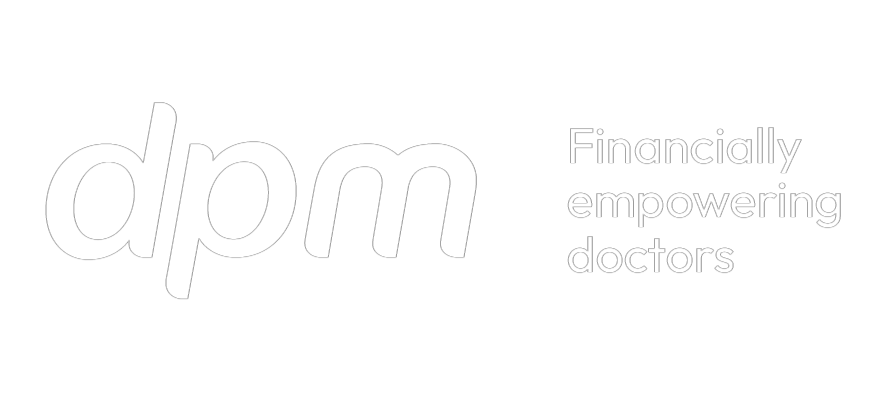If you earn or expect to earn over $75,000 ($150,000 for not-for-profit entities) of ABN income in any 12-month period, looking forward or back, you have no choice but to register for Goods and Services Tax (GST). Under this threshold you can elect to make a voluntary GST registration, but, what does being registered mean?
For starters, GST is a consumer tax on supplies made in Australia, that is to say it’s the end consumer of a good or service that pays the GST bill on a taxable supply. Not all goods and services have GST attached to them. A wide range of groceries, education and most health services are GST-free and other items, such as residential rent and interest, are input taxed, i.e they do not attract GST.
As a GST registered business, you must charge GST on the taxable supplies you make and can claim back the GST you incur on business expenses.
You will be required to report on all of the GST you collect and pay to the ATO on the following basis:
- Annually where your business turnover is less than $75k and a voluntary registration has been made;
- Quarterly where your turnover is between $75k and $20m; and
- Monthly if your turnover is higher than $20m.
This reporting is done via your Business Activity Statement (BAS) which you can lodge yourself or through the services of a BAS or Tax Agent.
Let’s look at a practical example in which you incur an expense of $1,100 inclusive of GST:
- The tax invoice that you receive will likely show $100 (which is equal to 1/11th) as being payable by you
- The amount of $1,100 is the gross expense, the $100 is GST and $1,000 is the net amount
- You will claim back the $100 in your BAS and the net amount of $1,000 will show in your tax return
Make sure you check all of the tax invoices you receive to claim the right amount of GST – it isn’t always exactly 1/11th of the gross and this can depend on the breakdown of the expense and/or its origin.
Similarly, let’s say you make a sale (taxable supply) of $1,000. You will need to show an additional $100 being charged as GST on your tax invoice. Remember that this $100 technically isn’t yours, because you are going to send it to the ATO when you lodge and pay your BAS.
The good news is that there is a positive tax impact derived from registering for GST. By claiming the whole amount of GST back in your BAS (as opposed to including the GST amount in your tax return as a deduction), you could be up to 53c better off for every $1 of GST claimed, based on the top marginal tax rate.
There are plenty of great software options that can help you track the amount of GST you’ve received and paid in a given time frame which make BAS and tax reporting very easy too.
Speak to a DPM tax consultant about registering for GST, setting up the right tax software and lodging your BAS today.
* The information contained in this site is general and is not intended to serve as advice. DPM Financial Services Group recommends you obtain advice concerning specific matters before making a decision.





